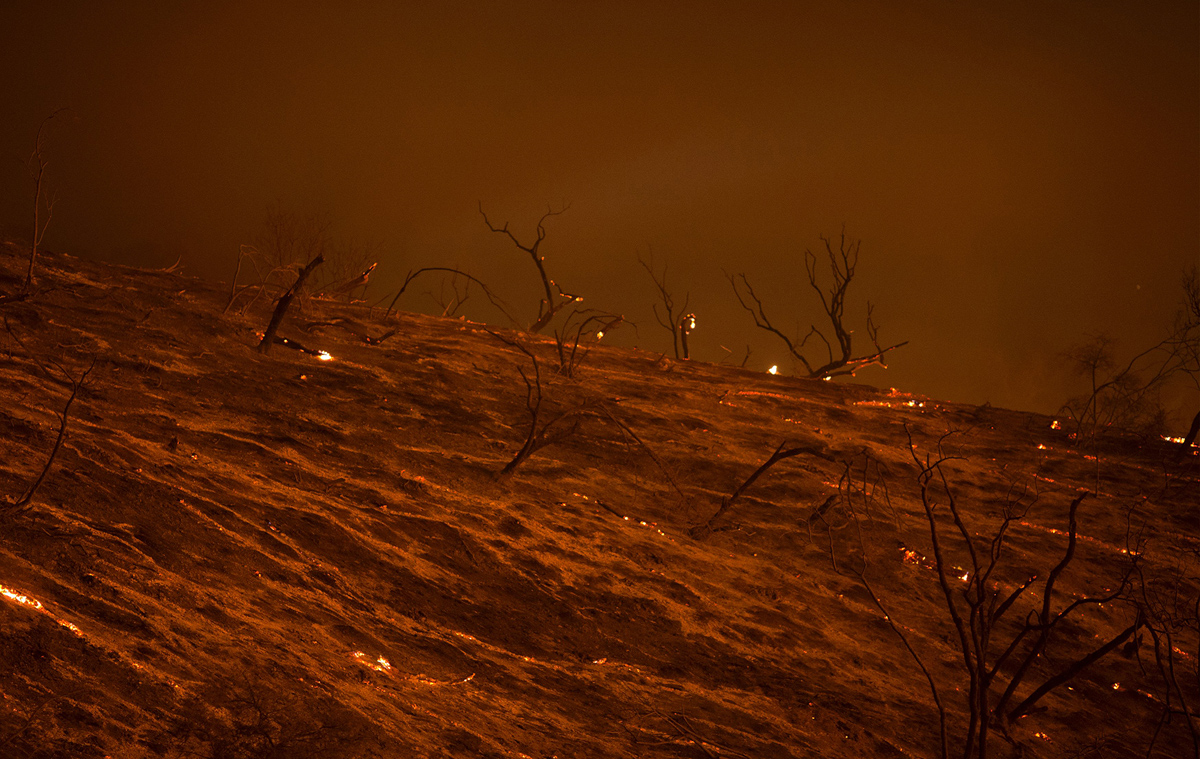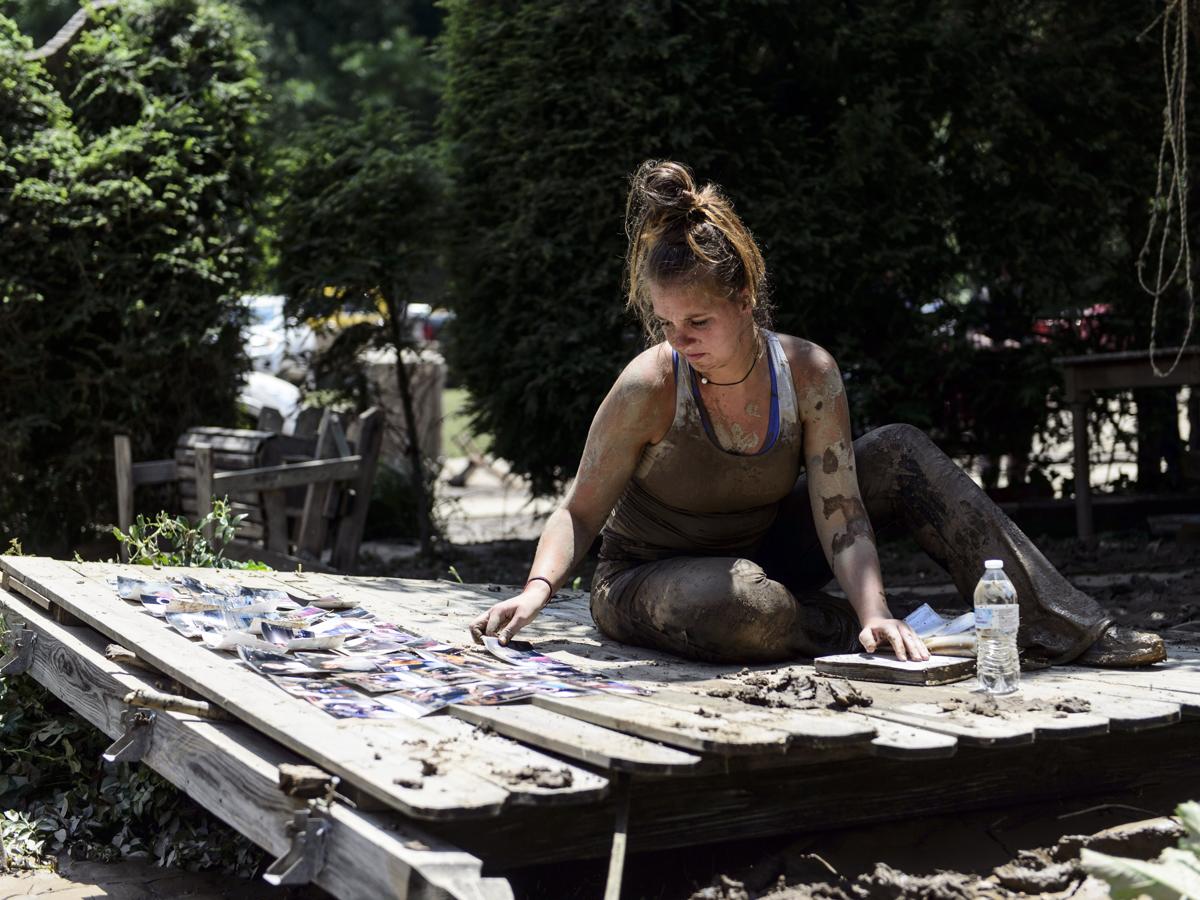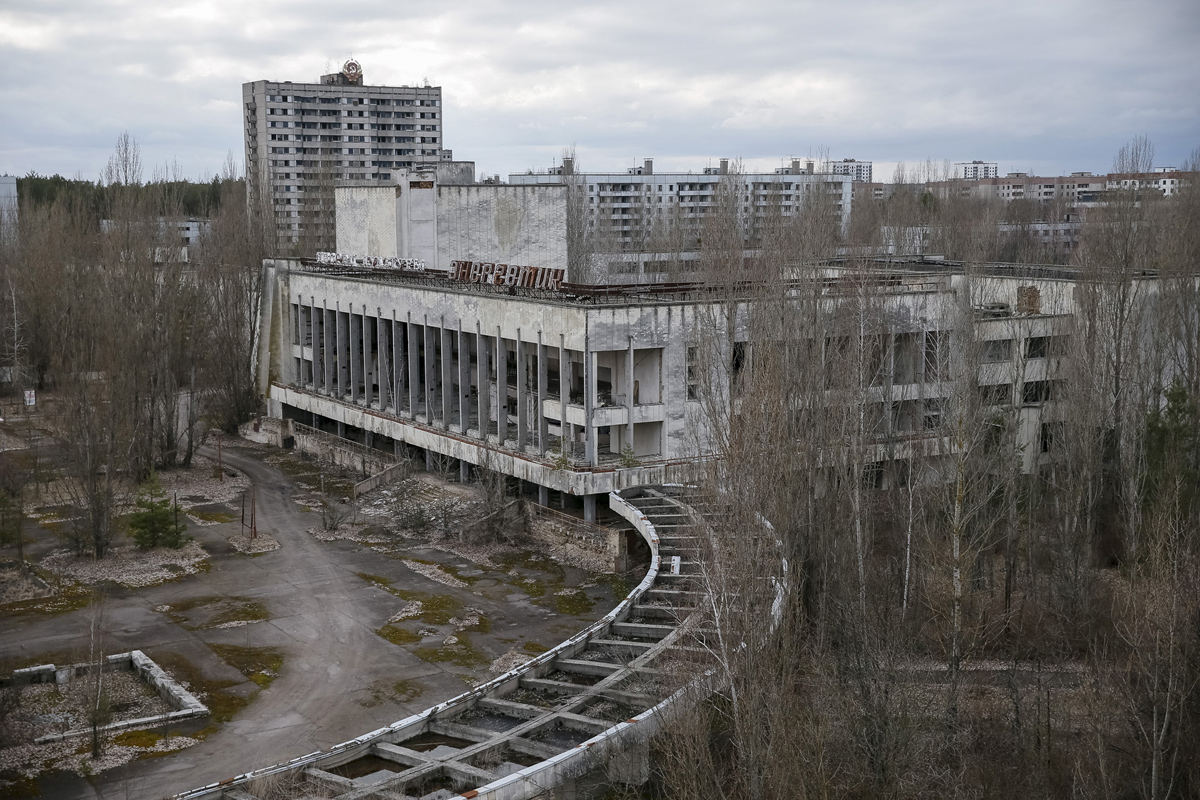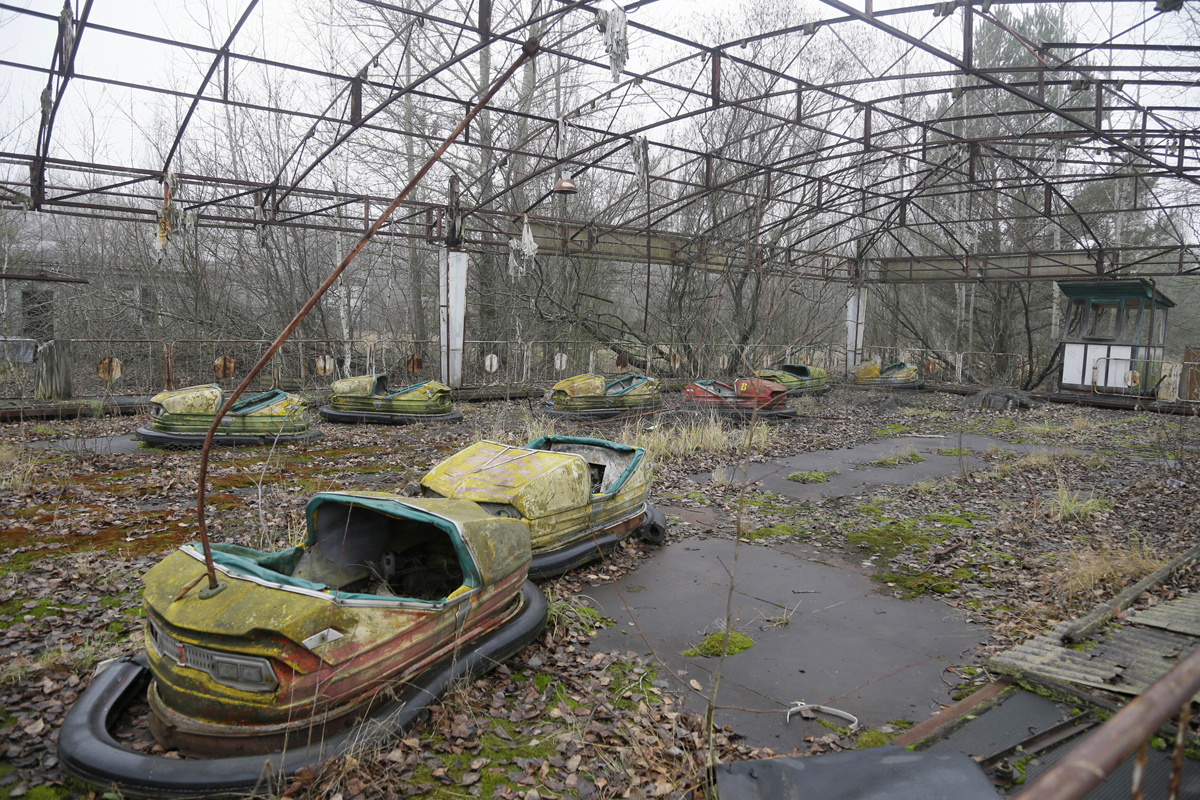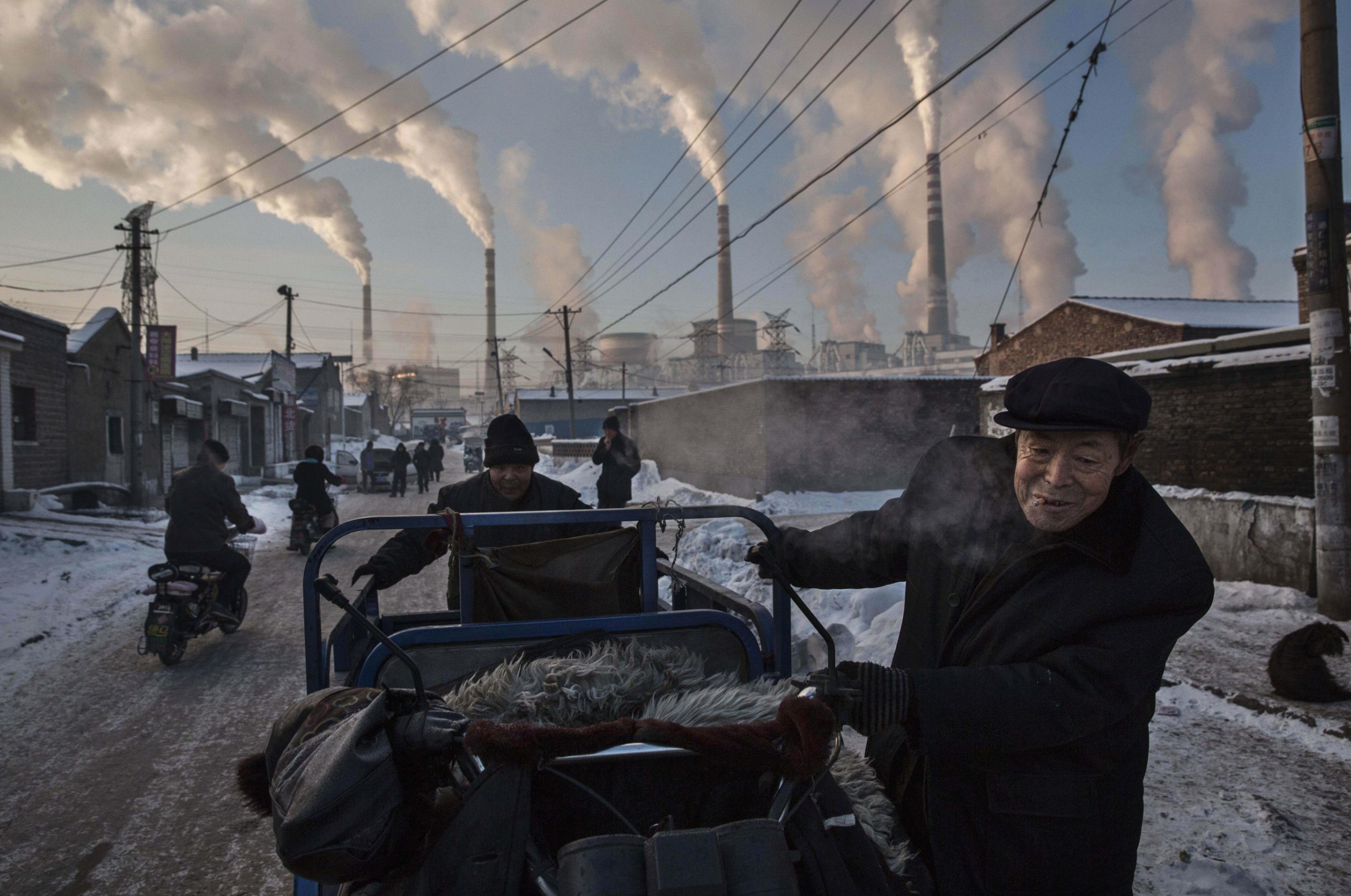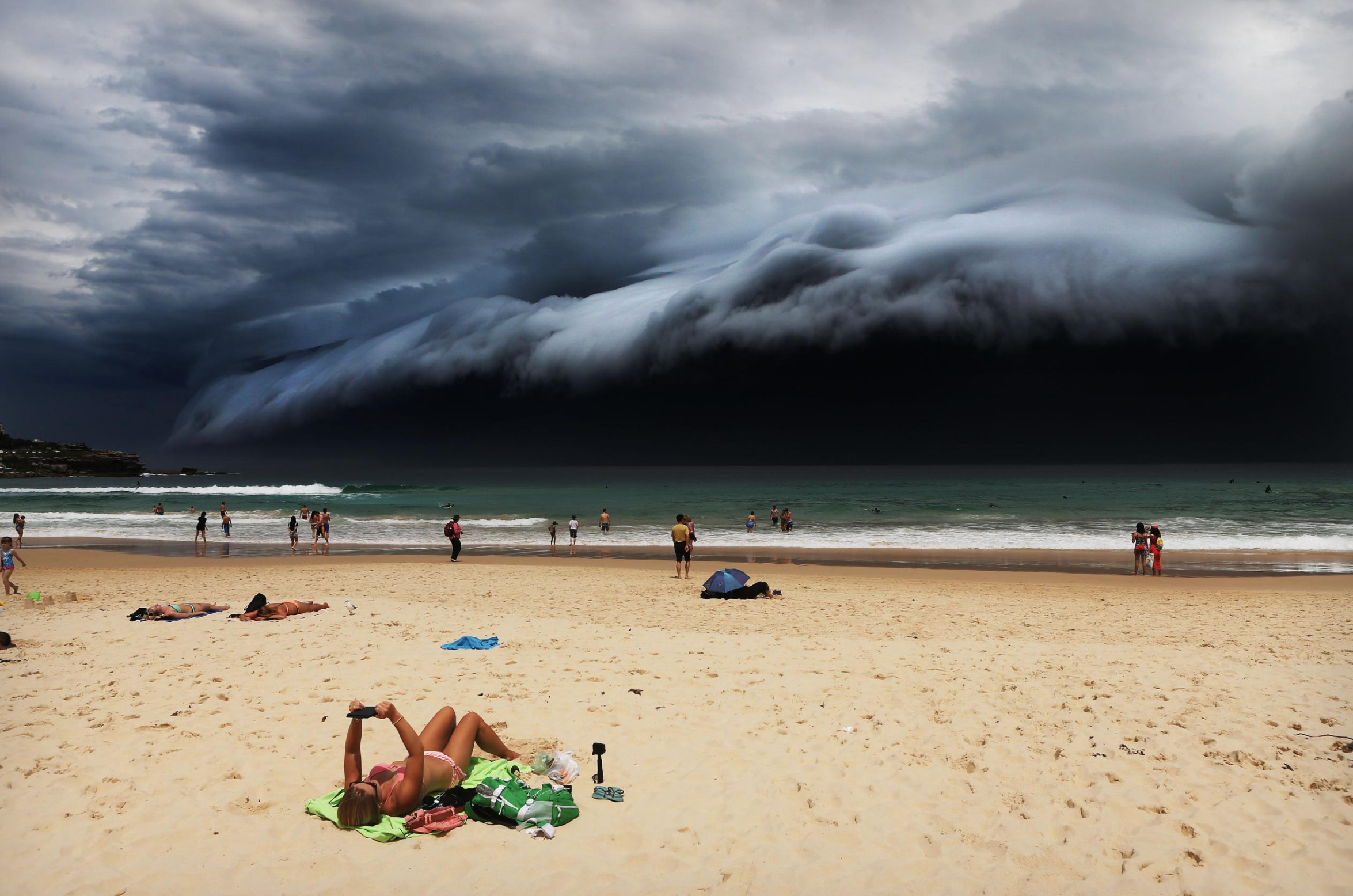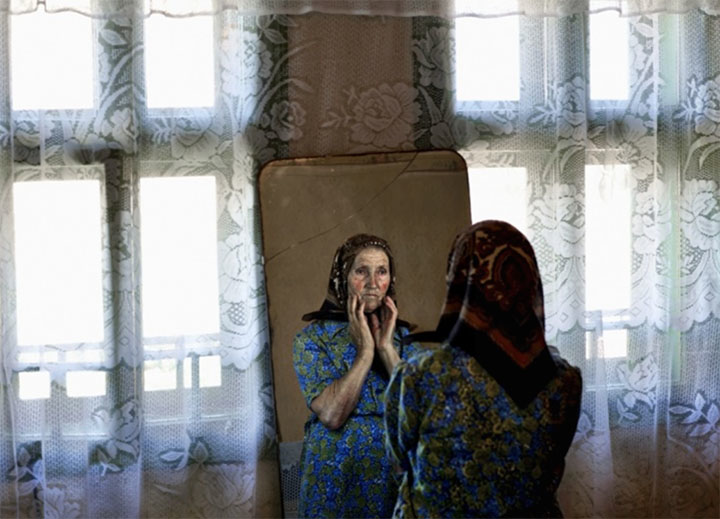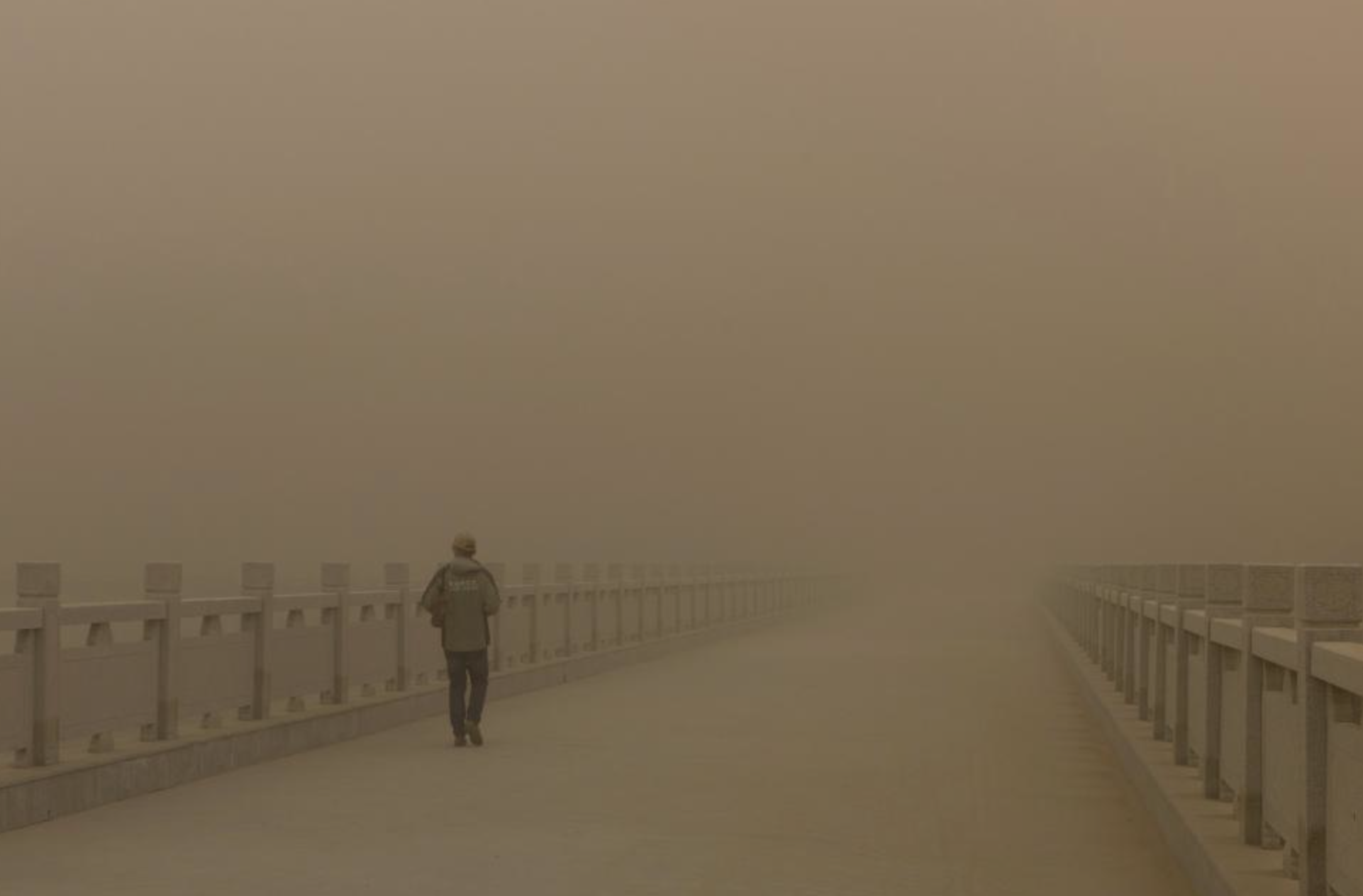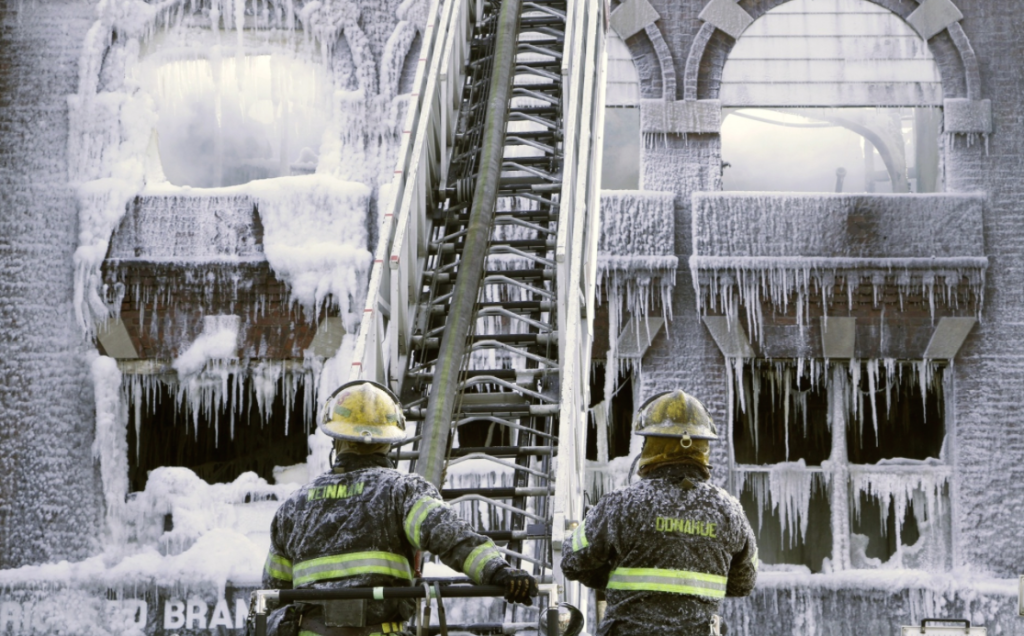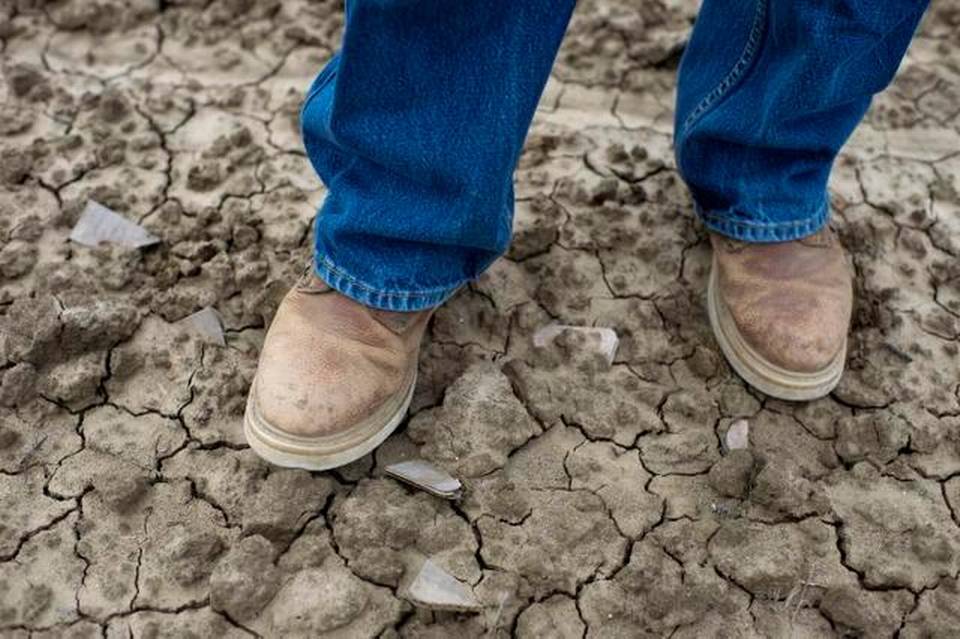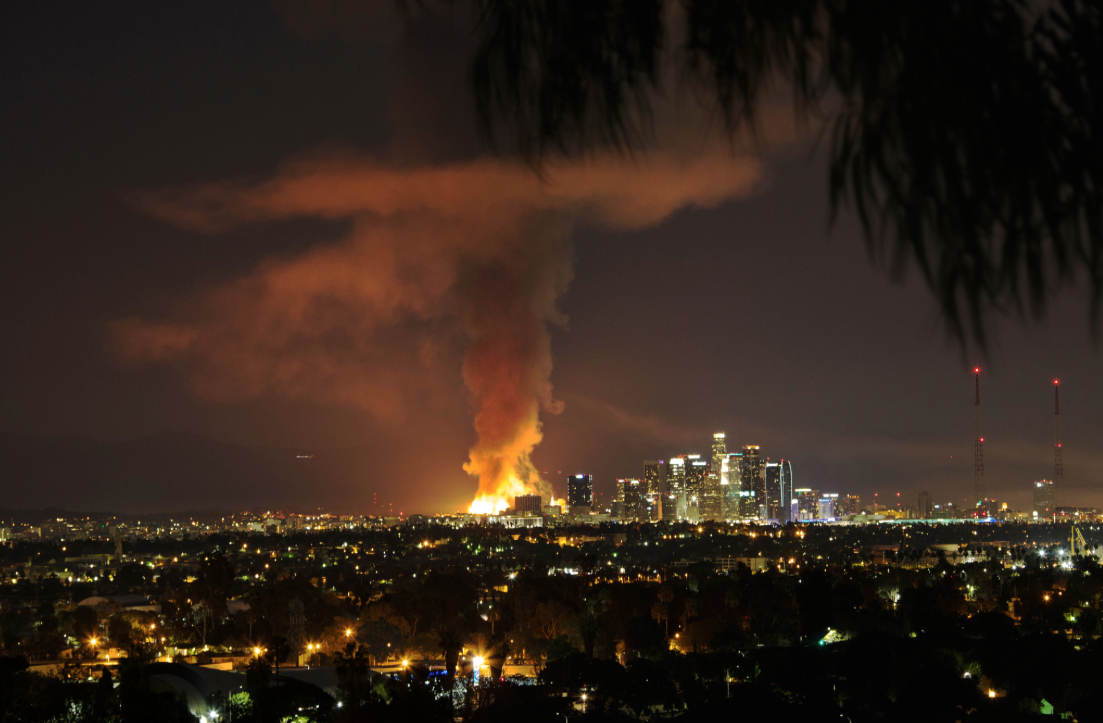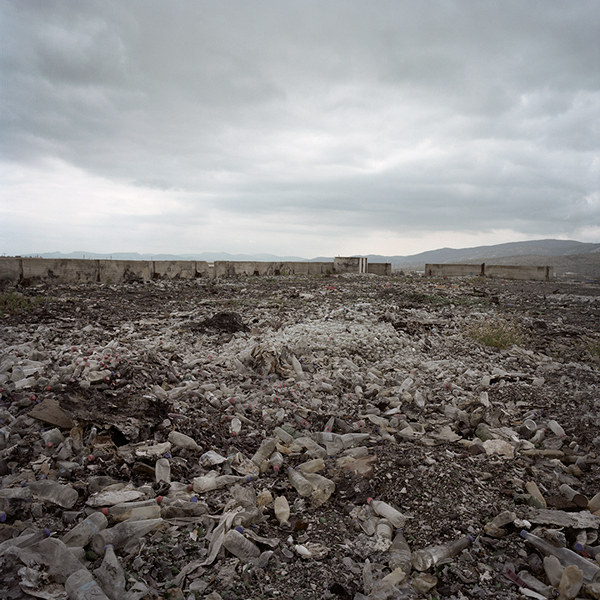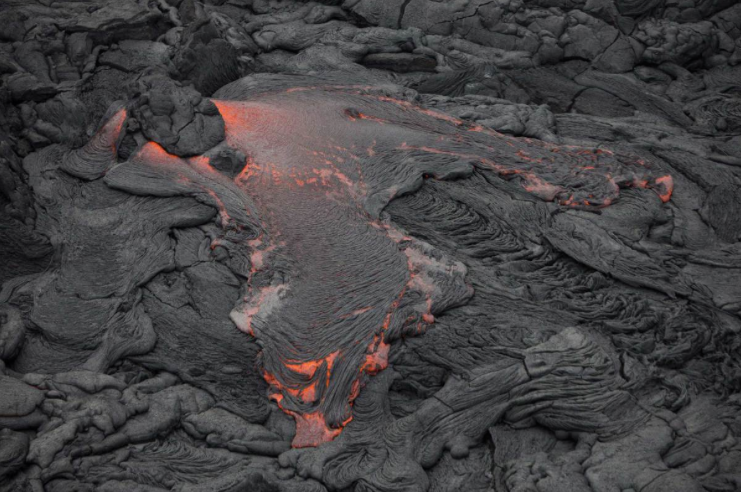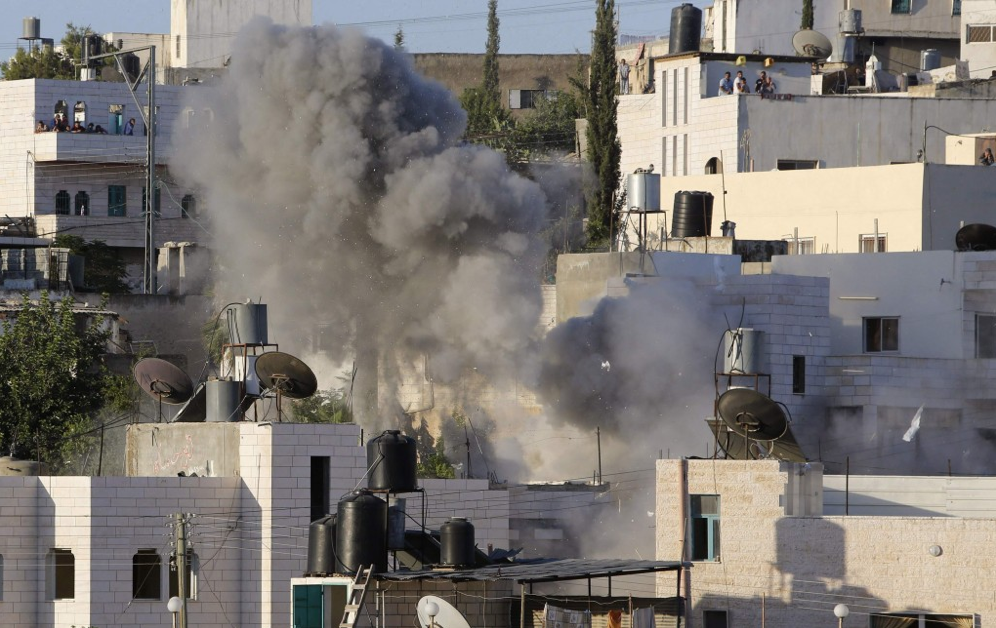Want to see what a wildfire leaves behind?
Not much. This image of the immediate aftermath of a fire near Santa Barbara, California is disturbingly empty, almost abstract. It could be anywhere, as whatever was there has been obliterated. Or it could be at almost any scale: the scorched hide of an animal, or embers in a fireplace, or the surface of a dying planet.
Given global warming, “dying planet” may not be too far off the mark. The wildfires have many causes, of course, but human behavior figures in most of them. What would be occasional events in a “state of nature” have become more than that: signs of systemic disruption by a species too powerful for its own good.
I’ll admit that I love to stare into the embers of a controlled fire, and the photos from the wildfires can’t help but have a similar appeal. Many of them capture the eye: the fires themselves, the planes dropping brightly colored retardants, the huge clouds of smoke, the stoical firefighters illumined by showers of sparks. . . . Images such as these appeal to experiences deep in species memory, and to myths of conquest and control. They also can turn melancholic as one looks into the embers and sees dying dreams, empires, galaxies. Fire is more than a great leveler: when literally scorching the earth, the future seems to have gone up in smoke.
It’s not that simple, of course, as underneath the ashes the forest is already growing anew. But let’s not jump too quickly to visions of renewal and hope. The fire has something else to teach us: as in the photograph above, when faced with a large fire one is pushed to scale up one’s thinking. Fires are no respecter of persons, and their images may appeal to us because they are resolutely about collective conditions: a shared danger or common fate and the necessity of responding as a group. If the image of a firescape is abstract or impersonal, there is something to learn from that.
Fires move fast and unpredictably, and they can consume everything one might need to recover afterwards. Everything except the rivers, that is.
Floods, or the increased incidence and severity of floods, also can be due to global warming. Even if not, they too become disasters that inundate landscapes, disrupting or destroying the lives that were there. But there are differences as well. Floods often develop slowly, and recede at the same pace. They affect some but not others in the same locale: the difference of a foot can be the difference between desolation and business as usual.
There may be another difference as well. In surveying wildfire photos, it is easy to find dozens that don’t contain people. In surveying photos from floods–for example, from the West Virginia flooding last week–many of the images contain people and many feature them. Again, water doesn’t kill as fire does: you can be OK while up to your waist in the middle of a flood but you wouldn’t want to be half aflame in the middle of a wildfire. The harm done often is different as well: many possessions are damaged, not destroyed. Many things are still in place, although rotted and covered with muck. While fires rage, floods distend time, slowing everything down as you have to sift through the waterlogged mess, making decisions one item at a time.
Which is why the photograph above is so evocative. She sits, as there is time to sit. The waters have left, the sun is out, and she is laying pictures out to dry. There is plenty of other work to do as well–note that she is sitting on what was once a fence–but this small task of conservation also is important. Memory work, you might say, so that more than possessions will be saved from the waters’ oblivion.
Floods are collective disasters that require collective responses, but there also is something personal about them. Even the dead bodies still are recognizable. The task of restoration has to work through what was there before, not simply replace it. The community has to respond as a community, but so many of the measures have to concern individual people and places, particular habits and specific concerns, and labor that will take time and then more time before enough has been done.
There is something to learn from photographs of the wildfires, and from photographs of the floods. Not the same lessons, but they are linked in ways that might escape notice at first. Like fire and water, you might say, or two photos that seem to have little in common, but together show us a world that is in grave danger and yet worth saving.
Photographs by David McNew/AFP/Getty Images and Sam Owens/Charleston Gazette-Mail via the Associated Press.
